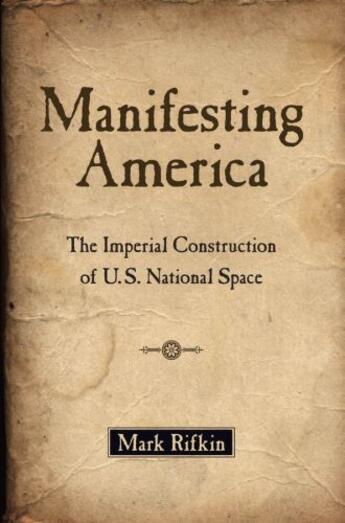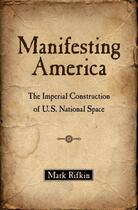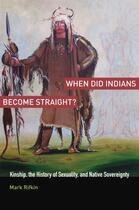-
Nombre de pages : (-)
-
Collection :
(-)
-
Genre :
(-)
-
Thème :
Non attribué
-
Prix littéraire(s) :
(-)
Résumé:
The book explores the creation and extension of U.S. jurisdiction in the antebellum period, particularly over Native Americans and former Mexicans. It examines how U.S. law recodes the identities and territoriality of these populations and the self-depictions they offer in nonfictional texts. ... Voir plus
The book explores the creation and extension of U.S. jurisdiction in the antebellum period, particularly over Native Americans and former Mexicans. It examines how U.S. law recodes the identities and territoriality of these populations and the self-depictions they offer in nonfictional texts. The government's narration of national space is haunted and disturbed by the persistence of the political geographies of peoples made domestic in the absorption of indigenous and Mexican lands. Exploring the confrontation between U.S. law and the self-representations of those once-alien peoples subjected to it, the book focuses on Indian removal in the southeast and western Great Lakes and the annexation of Texas and California. In foregrounding self-determination, a central concept in current international debates over the rights of indigenous peoples, the project challenges the somewhat amorphous image of betweenness conveyed by such prominent critical formulations as "the borderlands," "the middle ground," and "the contact zone," examining a variety of writings (including memorials, autobiographies, and histories) produced by imperially displaced populations for the ways that they index specific forms of collectivity and placemaking disavowed by U.S. policy. More specifically, it shows how U.S. institutions legitimize conquest as consensual by creating forms of official recognition and speech for dominated groups that reinforce the obviousness of U.S. mappings and authority, and it demonstrates how forcibly internalized populations disjoint, refunction, and contest the roles created for them so as to create room in public discourse for critiquing U.S. efforts to displace their existing forms of land tenure and governance.
Donner votre avis
















